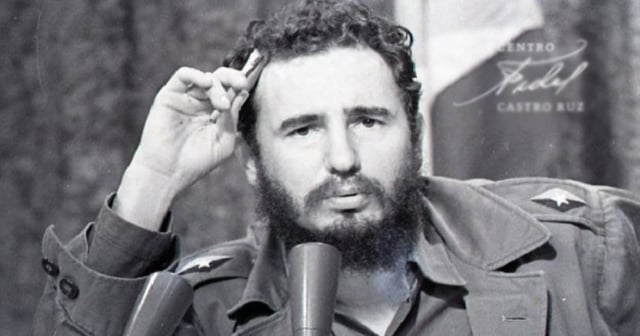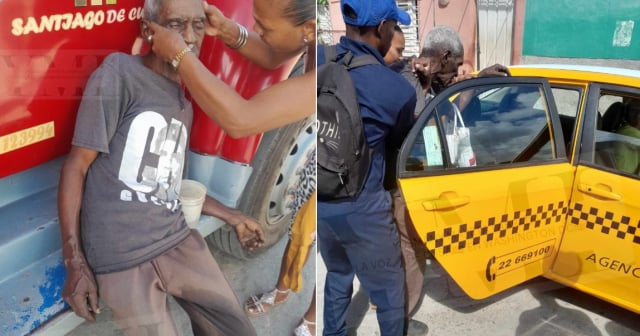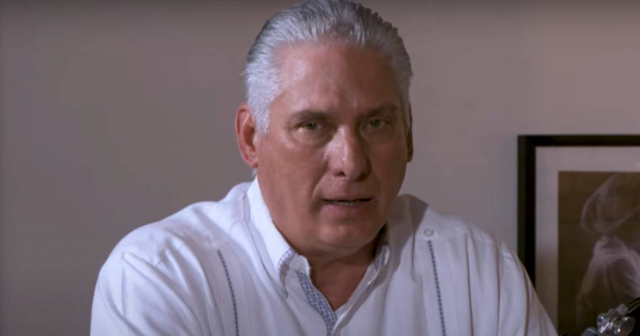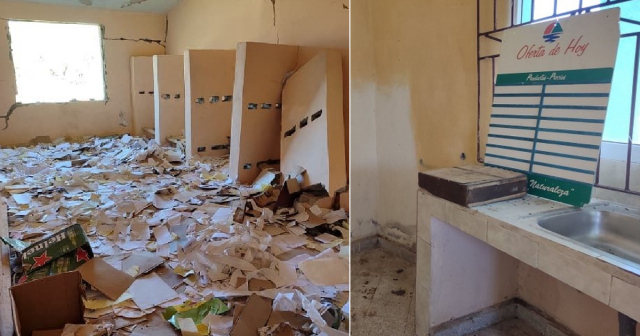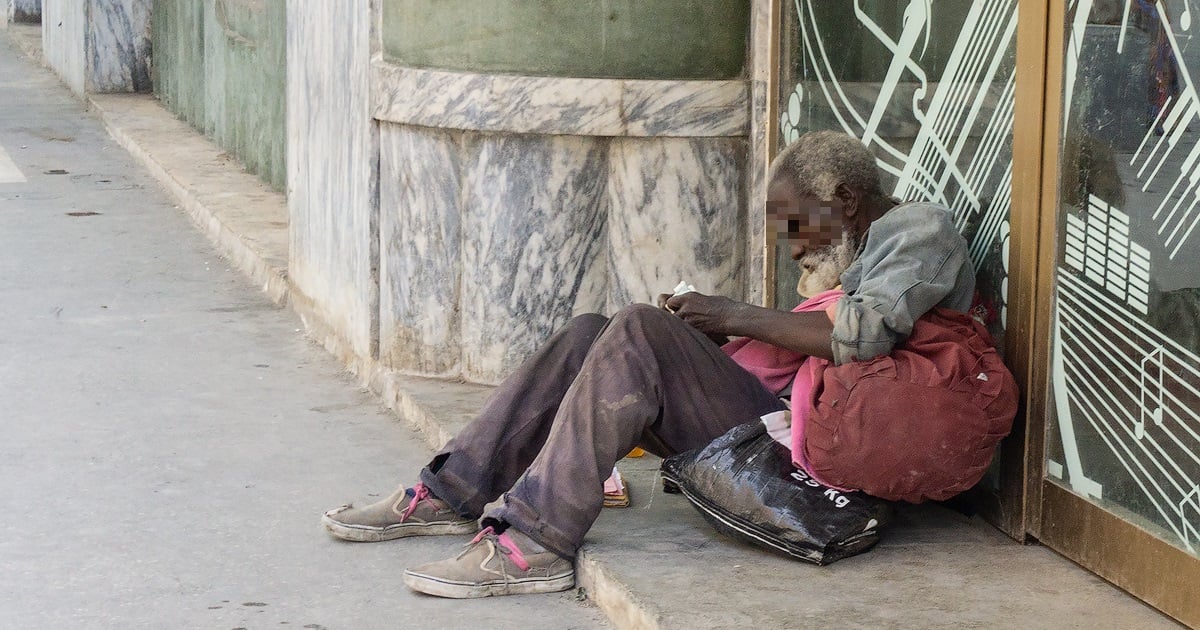
Begging in Cuba is a reality that the government cannot hide as it did in the past. The numbers from one year to the next show significant increases in extreme poverty on the island.
According to himMinistry of Labor and Social Security (MTSS),In Cuba, 3,690 homeless people have been registered between 2014 and 2023, collects a report from the official newspaperWorkers.
A masked figure that does not include those who, for different reasons, have had to resort to begging in front of churches, orbefore the few tourists, who come to the Caribbean island every year. Nor are there those who, due to high prices, food shortages and low salaries in pensions, have had to resort to “diving” in the garbage, in search of sustenance for their fragile stomachs.
Definitely, numbers are a necessary ally to support all these arguments, especially when you take into account thatIn the 2012 Population and Housing Census, the last one carried out in Cuba, more than 1,100 people were counted living on the streets.. ForIn 2015, the number increased to 1,261, says the aforementioned report.
It has a lot to do with this growth dynamic,low purchasing power, theemigration, aging, food and medicine shortages, along withreprehensible measures carried out by the central government to the detriment of its population.
To justify a panorama that is increasingly abundant and reported through social channels and independent media,Belkis Delgado Caceres, director of Social Prevention of the MTSS, assures that “not all people who walk on the street, with a disheveled appearance, looking at the garbage, sleeping on benches or asking for money, are considered wanderers,” the sweetened term used by the regime to Don't call them beggars.
The same directive gives a dissertation of who qualifies as homeless, according to the government. “Those who wander are those who do not have the conditions to stay at home and are on the streets.Generally, there is a certain percentage who have a psychiatric disorder, while another high percentage are older adults.”.
However, the most interesting thing is in its confirmation thatThe government has no alternatives for people who live on the streets, while recognizing the increase in this population in people under 60 years of age., “for those who no longer have alternatives that we had in 2014, that we were talking about nursing homes, psychiatric hospitals, when the person had a disorder, the return and transformation in their family so that they return to their familiar environment , which is ideal and what needs to be done,” he explained.
Cuba is currently the poorest country in Latin America, according to the firmDatoWorld, a renowned international electoral observatory that evaluates parameters such as per capita income, access to health services, social security, food and housing spaces.
The country has a 72 percent poverty rate, a figure that places it at the forefront of the Latin American region.
Amid the lack of attention from the authorities,The church and activists develop initiatives to help those most in need.
In September of last year,The Cuban Police detected 36 people who live by begging for alms and they have no family during a tour of several municipalities in Havana.
Although the government tries to mask it with its justifications, it is not only alcoholics, the mentally ill, the elderly or people with disabilities who are forced into this reality, due to the generalized crisis where inflation and the shortage of basic products are worsening.
What do you think?
COMMENTFiled in:



